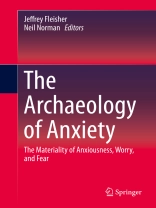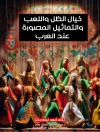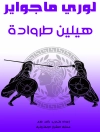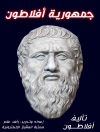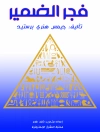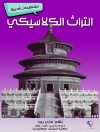Recent efforts to engage more explicitly with the interpretation of emotions in archaeology have sought new approaches and terminology to encourage archaeologists to take emotions seriously. This is part of a growing awareness of the importance of senses—what we see, smell, hear, and feel—in the constitution and reconstitution of past social and cultural lives.
Yet research on emotion in archaeology remains limited, despite the fact that such states underpin many studies of socio-cultural transformation. The Archaeology of Anxiety draws together papers that examine the local complexities of anxiety as well as the variable stimuli—class or factional struggle, warfare, community construction and maintenance, personal turmoil, and responsibilities to (and relationships with) the dead—that may generate emotional responses of fear, anxiousness, worry, and concern.
The goal of this timely volume is to present fresh research that addresses the material dimension of rites and performances related to the mitigation and negotiation of anxiety as well as the role of material culture and landscapes in constituting and even creating periods or episodes of anxiety.
Tabela de Conteúdo
Chapter 1: Archaeologies of Anxiety: The Materiality of Anxiousness, Worry, and Fear Jeffrey Fleisher and Neil Norman.- Chapter 2:
The Importance of “Getting It Right:” Tracing Anxiety in Mesolithic Burial Rituals Liv Nilsson Stutz.- Chapter 3: Risky Business: A Life Full of Obligations to the Dead and the Living on the Early Bronze Age Southeastern Dead Sea Plain, Jordan Meredith Chesson.-Chapter 4: Feet of Clay: An Archaeology of Huedan Elite Anxiety in the era of Atlantic Trade Neil Norman.- Chapter 5: Hid in Death’s Dateless Night: The lure of an uncanny landscape in Hittite Anatolia
Tim Flohr Sørensen and Stephen Lumsden.- Chapter 6: Communities of Anxiety: Gathering and Dwelling at Causewayed Enclosures in the British Neolithic Oliver Harris.- Chapter 7:
Bodily Protection: Dress, Health, and Anxiety in Colonial New England Diana Di Paolo Loren.- Chapter 8: Ritualized Coping during War: Conflict, Congregation, and Emotions at the Late Prehispanic Fortress of Acaray Margaret Brown Vega.- Chapter 9: “Concern”ing contributions to this volume Susan Kus.
Sobre o autor
Jeffrey Fleisher (BA, MA, Ph D, University of Virginia) is an Associate Professor in the Department of Anthropology at Rice University in Houston, Texas. His regional specialty is on the ancient Swahili coast of eastern Africa, focusing on the development of first and second millennium urban centers there. Past research has focused on the ancient settlements of rural and non-elite Swahili, and their connections and contributions to urban developments. Currently, he directs a long-term project at the UNESCO World Heritage Site of Songo Mnara in southern Tanzania, focusing on the use of open and public space.
Neil Norman (BA, Flagler College; MA, University of South Carolina; Ph D, University of Virginia) is an Associate Professor in the Department of Anthropology at the College of William and Mary in Williamsburg, VA. His specialties are the archaeology of social complexity and historical archaeology. At present, hedirects the Savi Countryside Archaeological Project (Republic of Benin), the Africatown Archaeological Project (Mobile, Alabama) and co-directs the Later Zanzibar Archaeological Project (Republic of Tanzania).
